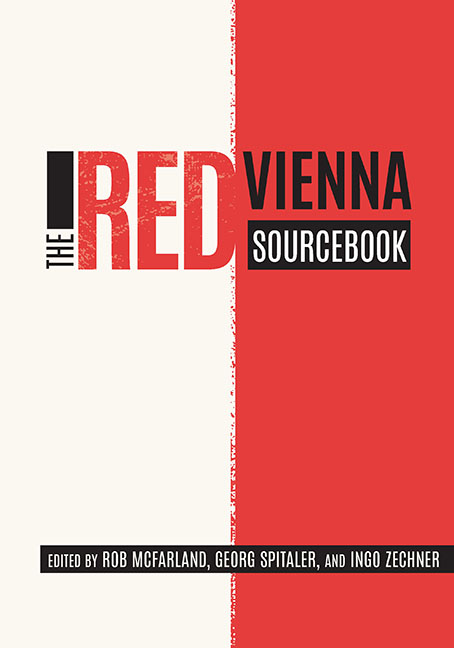Book contents
- Frontmatter
- Contents
- Acknowledgments
- Permissions and Credits
- A Note on the Structure of This Book
- Introduction
- Part I Foundations
- Part II Philosophies
- Part III Identities
- Part IV New Values
- Part V Social Engineering
- Part VI Vitality
- Part VII Housing
- Part VIII Cultural Politics
- Part IX Mass Media
- Part X Exchange
- Part XI Reaction
- Part XII Power
- Chronology
- References
- Contributors
- Index of Subjects
- Index of Persons
Chapter 36 - Political Violence
Published online by Cambridge University Press: 23 October 2020
- Frontmatter
- Contents
- Acknowledgments
- Permissions and Credits
- A Note on the Structure of This Book
- Introduction
- Part I Foundations
- Part II Philosophies
- Part III Identities
- Part IV New Values
- Part V Social Engineering
- Part VI Vitality
- Part VII Housing
- Part VIII Cultural Politics
- Part IX Mass Media
- Part X Exchange
- Part XI Reaction
- Part XII Power
- Chronology
- References
- Contributors
- Index of Subjects
- Index of Persons
Summary
THERE IS BROAD CONSENSUS that the First Republic—and with it Red Vienna—failed because of the violent conflicts between political camps, above all between the Christian Socials and the Social Democrats. Historian Gerhard Botz compiled a “Timeline of Acts of Political Violence,” which is by no means comprehensive, although it lists 242 incidents occurring between November 12, 1918, and February 11, 1934. These incidents— motivated, with few exceptions, by domestic political objectives—led to deaths, serious injuries, and a substantial number of minor injuries, and included coup attempts, riots, clashes, assassination attempts, and attacks.
Alongside political motives, it was the political actors—either directly or indirectly involved—who gave the individual acts of violence their political dimension. There were paramilitary groups, in particular the Heimwehr, which united Christian Socials as well as Pan-Germans, and the Republican Protection League (Republikanischer Schutzbund), controlled by the Social Democrats. Later came the SA and the SS. Individual actors also contributed to political violence. Walter Riehl, for example, was a Viennese lawyer whose allegiance vacillated between the National Socialist and Christian Social parties. Riehl represented in court not only the Schattendorf shooters but also the murderers of the writer Hugo Bettauer and the man responsible for a failed assassination attempt on Vienna Mayor Karl Seitz. What all of these groups and individuals had in common was that they fundamentally challenged the state's monopoly on the use of force.
Latent violence represents just as much of a provocation as overt violence when it comes to the state's monopoly on the use of force. Many a political activist has wished death on a political opponent. “We will not truly have won until the head of this Asian rolls onto the sand.” This is what Ernst Rüdiger Starhemberg, newly appointed federal leader of the Heimwehr, had to say about Hugo Breitner, Red Vienna's city councilor of finance, in October 1930. The Vienna-born Breitner had his Jewish heritage—and Starhemberg's outspoken anti-Semitism—to thank for the fact that he was transformed into an Asian in Starhemberg's violent fantasy. It is not fantasy, however, but the potential to implement that fantasy that characterizes latent violence.
- Type
- Chapter
- Information
- The Red Vienna Sourcebook , pp. 707 - 724Publisher: Boydell & BrewerPrint publication year: 2019

